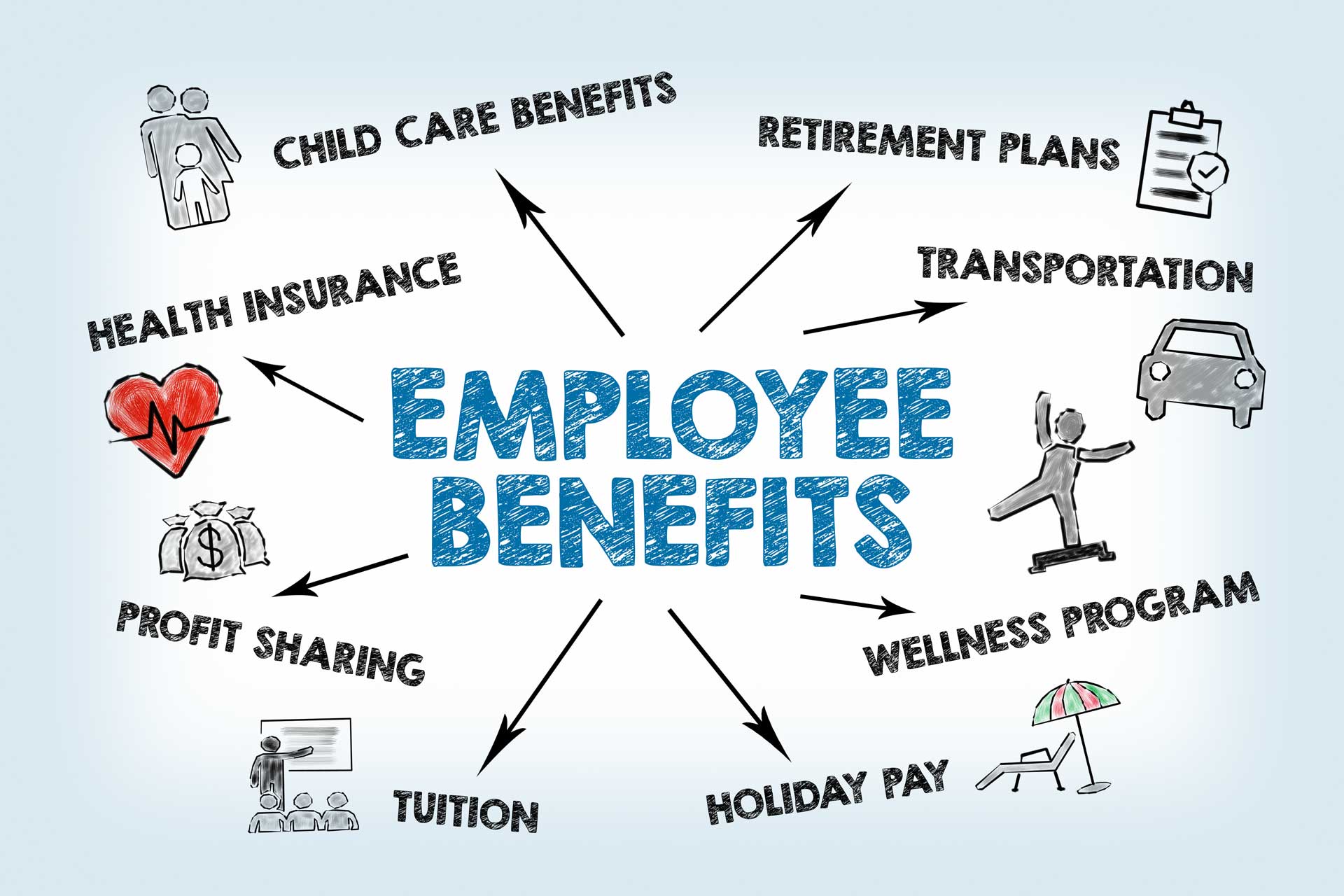School districts in certain parts of the country have adopted a four-day school week, primarily in response to staffing shortages and recruiting challenges. In some instances, local districts that were losing teachers and other staff to those offering the four-day school week had no choice but to do the same. With this trend picking up steam, especially following COVID, is it only a matter of time before it becomes a nationwide norm?
As an accountant, a partner in an accounting firm, and a working mother of two children in elementary school, I definitely have my own perspective on the topic. Before jumping to conclusions, I wanted to do some research to see if there’s something I’m missing and to better educate myself on the issues.
As reported by the Rand Organization, 257 U.S. schools operated on a four-day week in 1999. Within just 20 years that increased by over 622%, growing to more than 1,600 schools across 24 states by 2019. More than 70% were in rural locations that deal with higher costs for transportation and operations while struggling to attract and keep talent due to lower pay. Still, one big question – perhaps the most important one – remains: How does it affect students?
A study of student achievements in grades 3 to 8 shows students with a shorter school week fall a little bit behind their five-day-a-week peers each year. After about eight years, the total learning loss is similar to the loss experienced during COVID. What’s more, results showed the five-day-a-week peers progressing faster. (Source: Doss, C; Kilburn, R; Phillips, A. The Four-Day School Week: Are the Pros Worth the Cons? April 2023. Rand.org.)
That’s not to say there aren’t positives to the approach. Rural schools, in particular, find it to be a potent solution to attract and retain talent, improve job satisfaction, reduce burnout, and offset lower pay. It also reduces operational costs related to buildings, buses, school meals, substitute teachers, and more (although the savings is not much – just an estimated 1% to 2%). Teachers have more time to plan for lessons and complete grading. Overall, school morale appears to improve, but what about the students?
When I read the data available on the four-day-school-week, I was struck by how most of the benefits discussed don’t have anything to do with the students. I struggle with that. After all, the whole reason a school exists is for the children to learn, grow, and prepare to live successful lives.
As a business leader, it just feels counter-intuitive to promote an approach that doesn’t benefit clients. In truth, any business that doesn’t put its clients first won’t be in business for long. As noted by Rand, “A better approach to improving outcomes for both students and teachers would be to address the root cause of the challenges schools and districts face, including insufficient and inequitable funding and teacher and student stress.”
Numerous other studies are starting to come out on the issue. One showed fifth-grade students losing about five to six weeks of gains in math for each year of four-day schooling. Another study found it harms certain students more than others, with elementary school students showing a slower pace of growth on standardized math tests than their peers going to school five days a week; reading results were worse. In a minority of cases, when students make up time lost by attending school for more hours Monday through Thursday, learning doesn’t seem to be impacted.
One other point worth noting is that while the four-day-a-week saves schools money, it actually drives up costs for students’ families. A report on CNN indicated the shorter school week can result in an annual increase of $5,000 to $9,000 in childcare costs, which is between 5% and 9% of the median family income. It feels like cost-shifting to me.
Personally, given global competition, the rapid growth of technology, and the ever-quickening pace of change, I would prefer to see children having more learning opportunities and time – not less. They already lost learning and socializing opportunities to COVID. Solutions to recruitment, retention, and costs absolutely need to be addressed, but not at our children’s expense. There just has to be a better way.
If your school district is facing financial challenges and looking for opportunities to save or manage funds better, perhaps RBT CPAs can help. Our firm has been serving clients in the Hudson Valley and beyond for over 50 years – including numerous school districts. In addition to accounting, tax, and audit services, our team is also available to provide advisory services to help you make the most of the money available. Perhaps there’s something we can do for you. Interested? Give us a call today.


